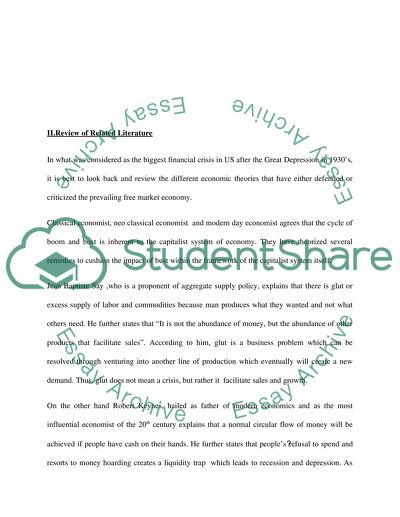Cite this document
(“Cyclical Fluctuations in Aggregate Economic Activity in the United Essay”, n.d.)
Retrieved from https://studentshare.org/macro-microeconomics/1421714-cyclical-fluctuations-in-aggregate-economic-activity-in-the-united-states
Retrieved from https://studentshare.org/macro-microeconomics/1421714-cyclical-fluctuations-in-aggregate-economic-activity-in-the-united-states
(Cyclical Fluctuations in Aggregate Economic Activity in the United Essay)
https://studentshare.org/macro-microeconomics/1421714-cyclical-fluctuations-in-aggregate-economic-activity-in-the-united-states.
https://studentshare.org/macro-microeconomics/1421714-cyclical-fluctuations-in-aggregate-economic-activity-in-the-united-states.
“Cyclical Fluctuations in Aggregate Economic Activity in the United Essay”, n.d. https://studentshare.org/macro-microeconomics/1421714-cyclical-fluctuations-in-aggregate-economic-activity-in-the-united-states.


